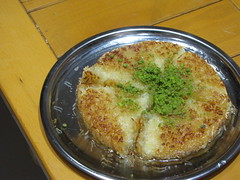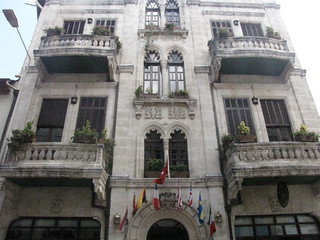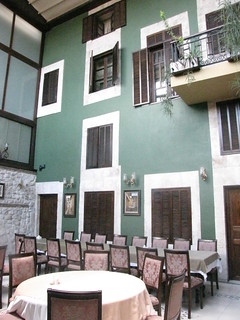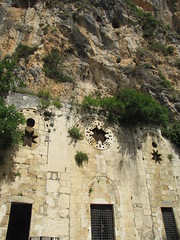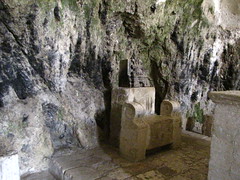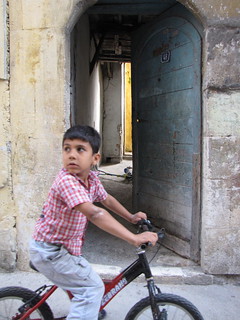
As loyal readers already know, we spent Thursday through Saturday in the Hatay region of southern Turkey, which is in close proximity to the Syrian border. A growing number of refugee camps dot the dusty landscape of Hatay, and the cities, like Antakya, are increasingly full with those who have escaped violence in Syria.
I don’t want to tread on the stories I’m working on too much. Nearly 9,000 Syrians have reportedly perished at the hands of Bashar al-Assad’s forces since last May. People told me stories of brothers, sisters, mothers, fathers and children being slaughtered.
The ones who have survived say they will never be the same. When we visited the Antakya State Hospital, we talked to people disfigured for life – who say they narrowly escaped death.
A refugee woman who helped us communicate at one of the camps took us to the hospital, where she often volunteers and brings food. The two men we visited suffered tremendous injury in Syria, one said he was injured by a bombing and one from being driven over by an Assad army vehicle during a demonstration. They have both been in the hospital for several months. They told us they were carried over the border mountains on the backs of Free Syrian Army members, then driven to the hospital in Antakya.
I will be writing more about these men and the other refugees I met this weekend, so be sure to look out for those pieces this week!





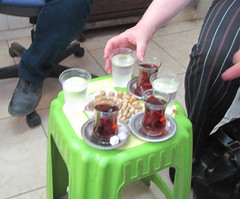
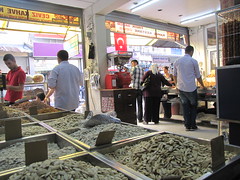
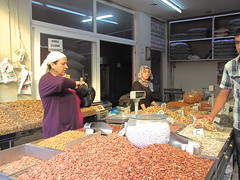
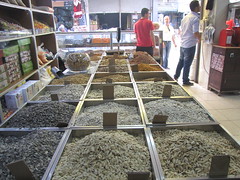
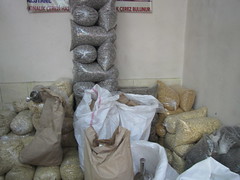
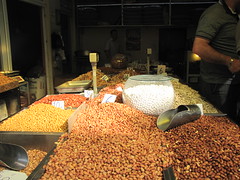
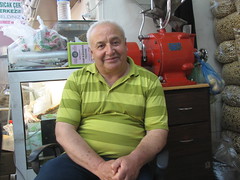
 Antakya -more commonly known as Antioch to most Christians- is an outstanding place. Obviously, it has religious significance, but people tend to forget that many of history’s ‘A-listers’ had a personal connection to the area.
Antakya -more commonly known as Antioch to most Christians- is an outstanding place. Obviously, it has religious significance, but people tend to forget that many of history’s ‘A-listers’ had a personal connection to the area.
 A variety of tools are scattered across his very cluttered work station which reeks of fresh leather and noxious glue. Using an old, giant sewing machine, a couple of “shoe stretchers” and a variety of large shears, he can remedy most shoe problems -too tight, too big, too tall, too short.
A variety of tools are scattered across his very cluttered work station which reeks of fresh leather and noxious glue. Using an old, giant sewing machine, a couple of “shoe stretchers” and a variety of large shears, he can remedy most shoe problems -too tight, too big, too tall, too short.
